Spherical Plain Radial Bearings in Industrial Robotics
 Feb 20,2025
Feb 20,2025

 Wanyuan
Wanyuan
Industry Background
Industrial robotics has become an integral part of modern manufacturing processes. Robots are used for tasks such as material handling, assembly, and welding in factories. These robots need to perform precise movements with high repeatability and reliability. The joints in industrial robots are crucial components that rely on bearings to enable smooth rotation and articulation.
Application in an Articulated Robot Arm
An articulated robot arm used in an automotive assembly plant has multiple joints, each of which incorporates spherical plain radial bearings. These bearings allow the robot arm to move in multiple degrees of freedom, enabling it to pick up and place automotive parts with high precision. The bearings in the robot arm's joints must be able to withstand high loads, rapid acceleration and deceleration, and continuous cyclic motion.

Problem Encountered
In the high - duty - cycle operation of the automotive assembly line, the spherical plain radial bearings in the robot arm joints were experiencing fatigue failures. The constant start - stop motion and high - torque loads caused cracks to develop in the bearing races over time. This led to unexpected breakdowns of the robot arm, disrupting the production line and causing significant losses in productivity.
Solution
Robot manufacturers collaborated with bearing suppliers to develop custom - designed spherical plain radial bearings. These bearings were made from advanced materials, such as ceramic - hybrid materials that combined the high strength of steel with the low weight and excellent wear resistance of ceramics. The bearing geometry was optimized to reduce stress concentrations, and a special lubrication system was integrated into the bearing design. The lubrication system ensured continuous and reliable lubrication even during the most demanding operating conditions.
Results
The new spherical plain radial bearings significantly improved the reliability of the articulated robot arm. The incidence of fatigue failures decreased by over 80%, resulting in a more stable production line. The robot arm's accuracy and repeatability were also enhanced, leading to a 15% improvement in the quality of automotive part assembly. Downtime due to robot arm failures was reduced by 70%, which translated into increased production output and lower overall





 HOME
HOME Rod End Bearings in Industrial Automation
Rod End Bearings in Industrial Automation  You May Also Like
You May Also Like
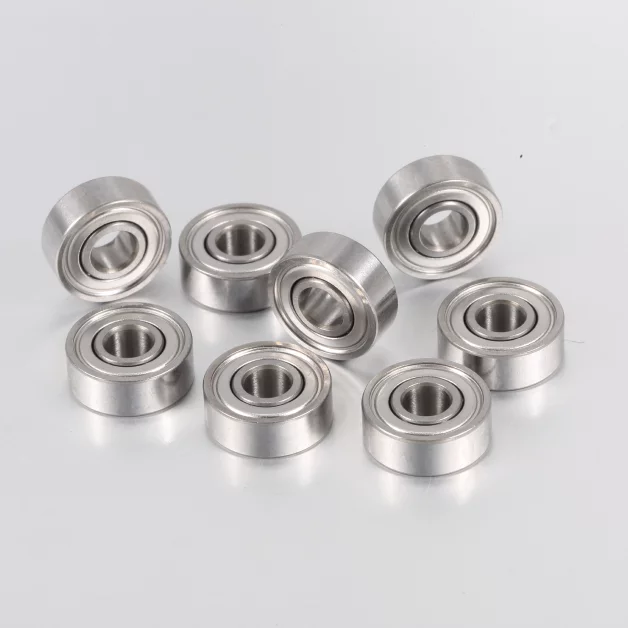

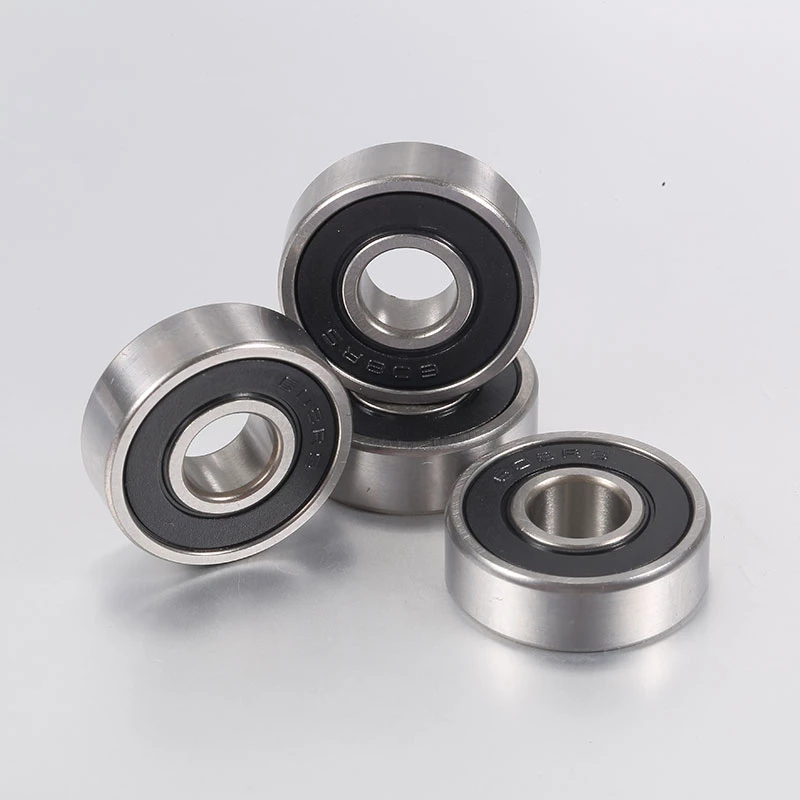
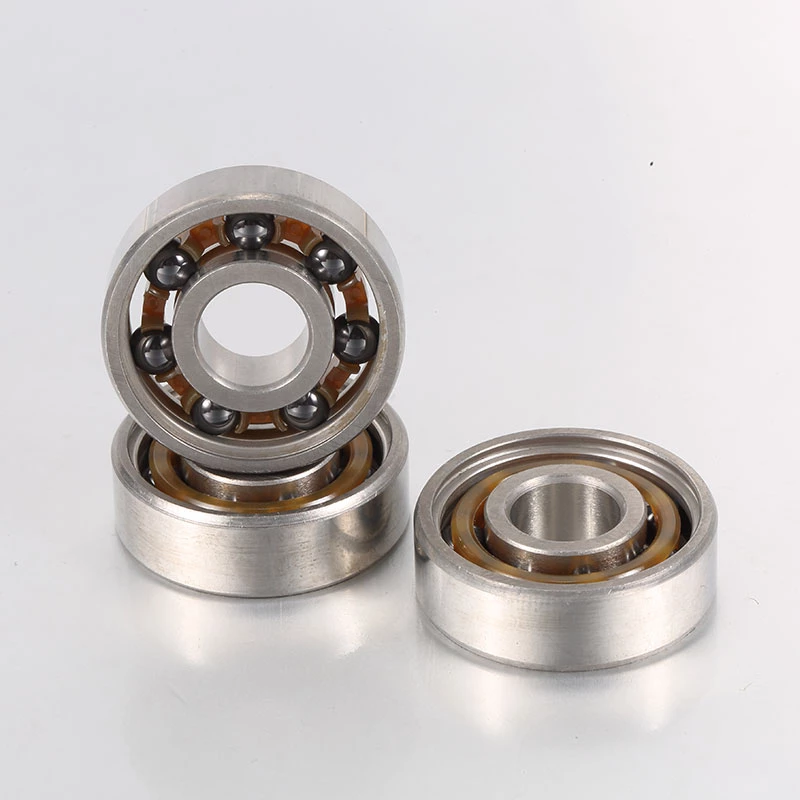
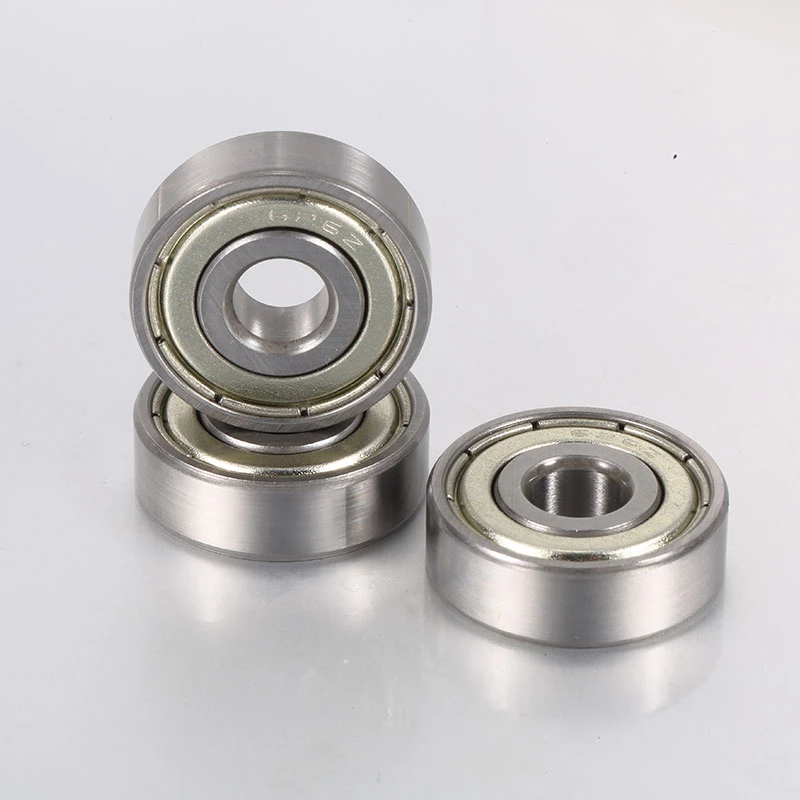
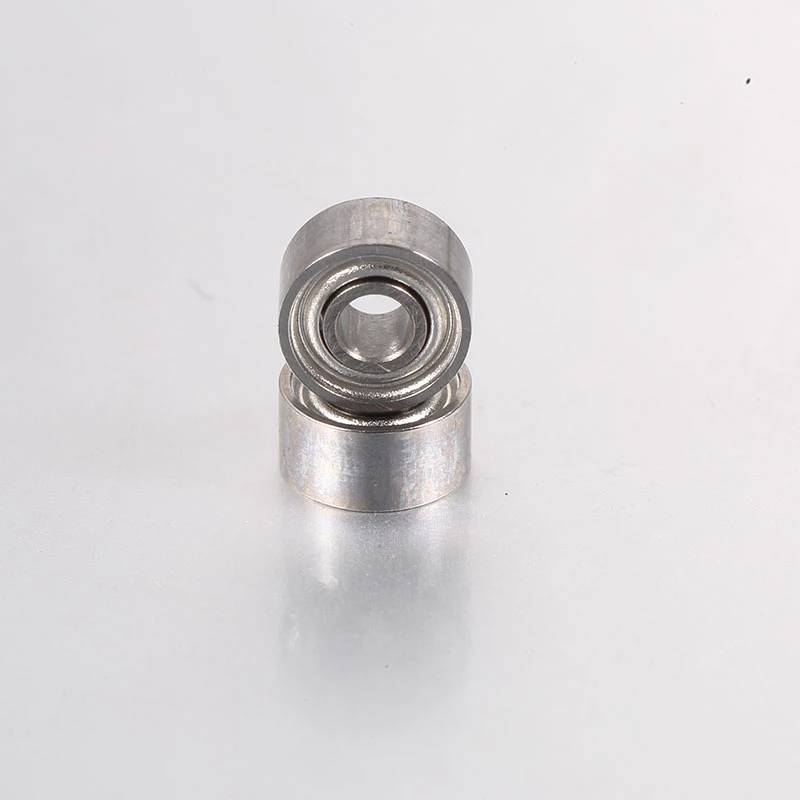
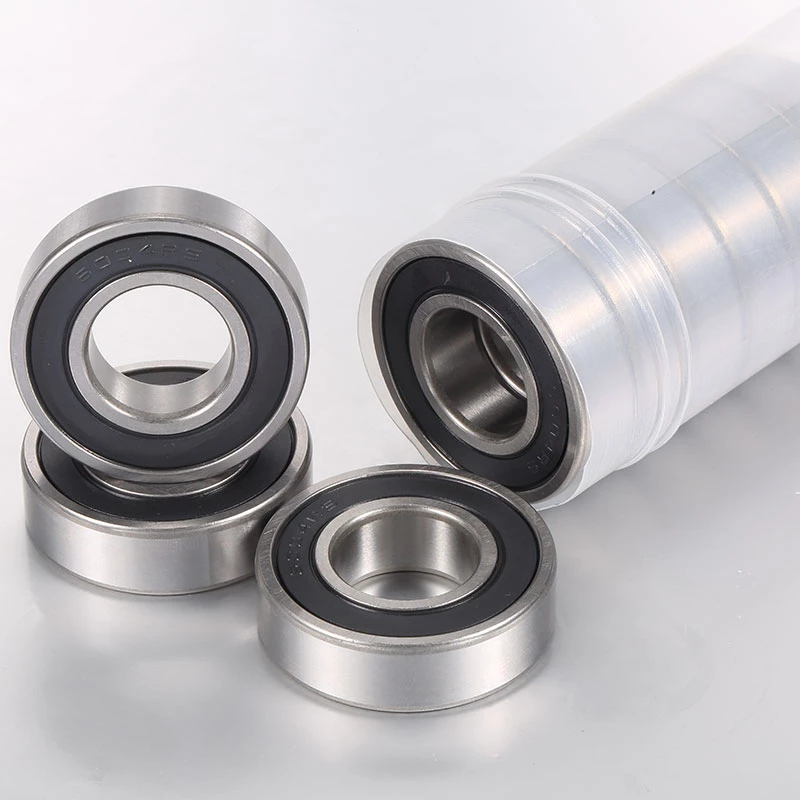
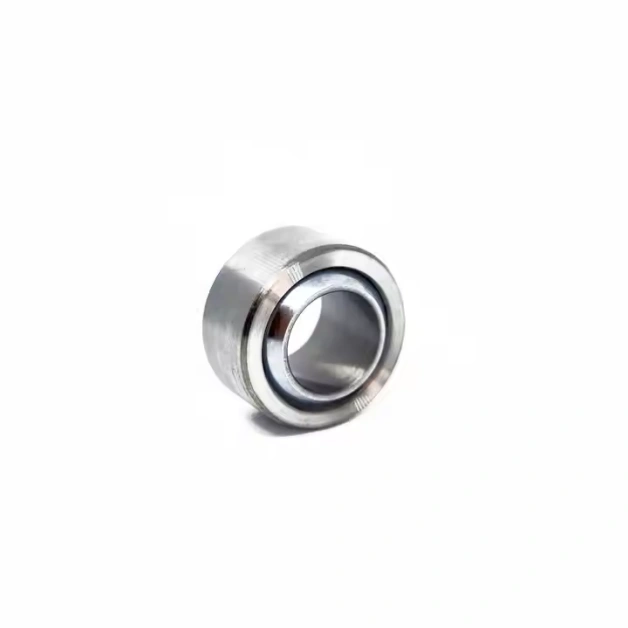
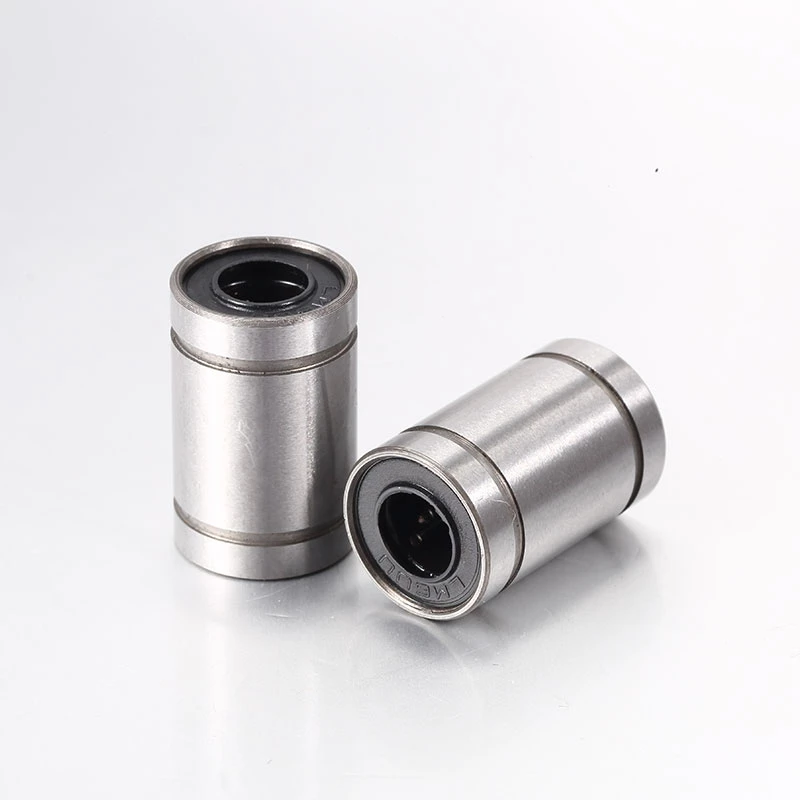
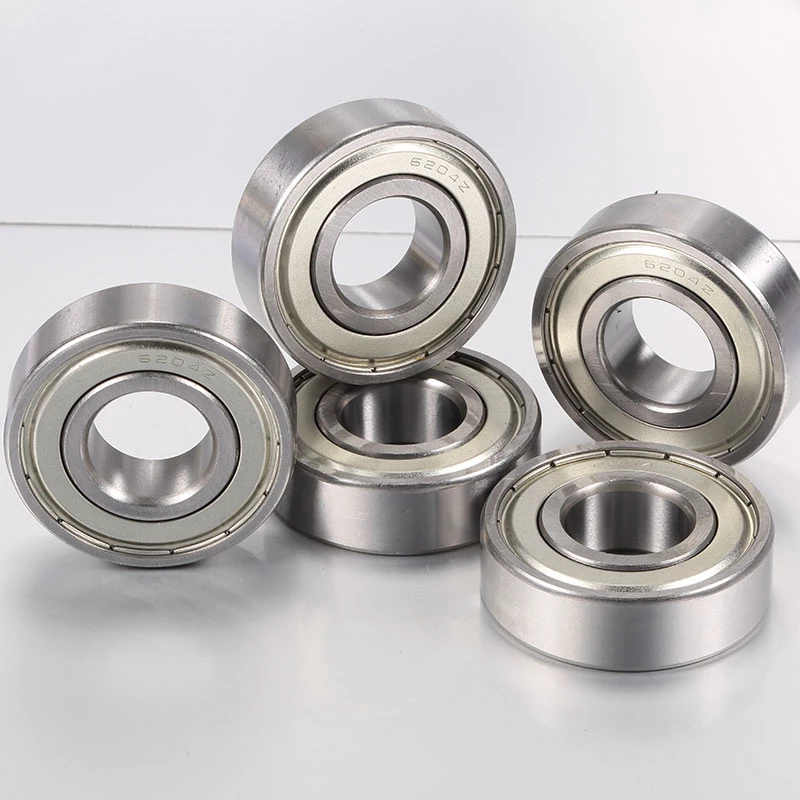
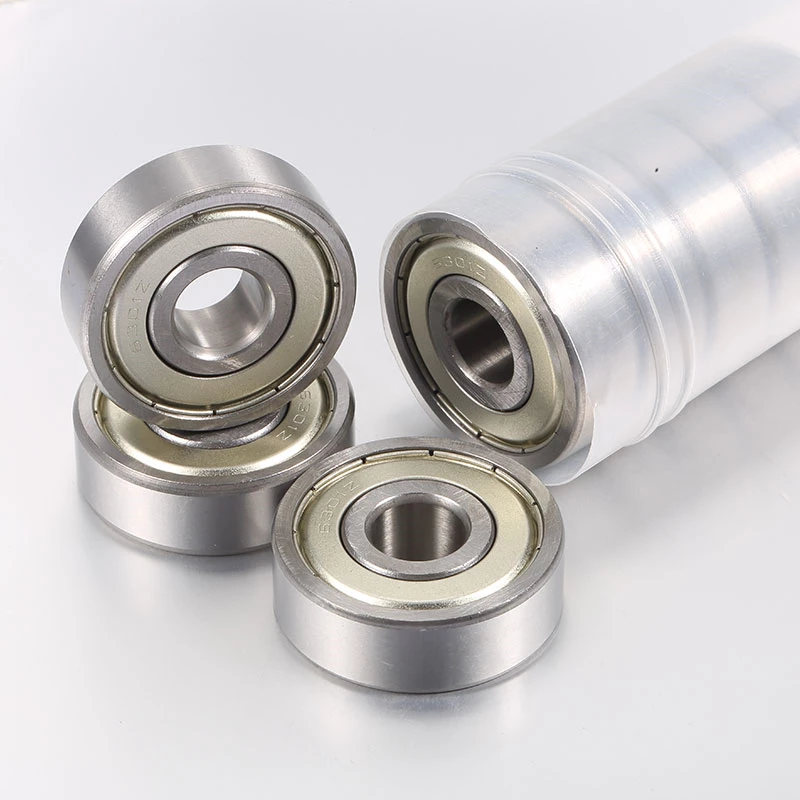
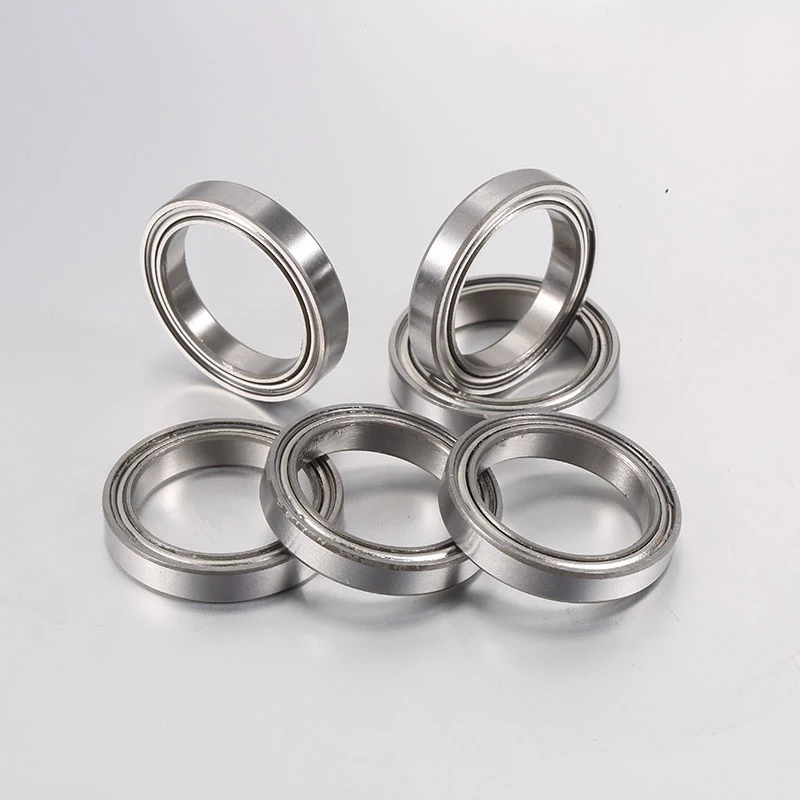
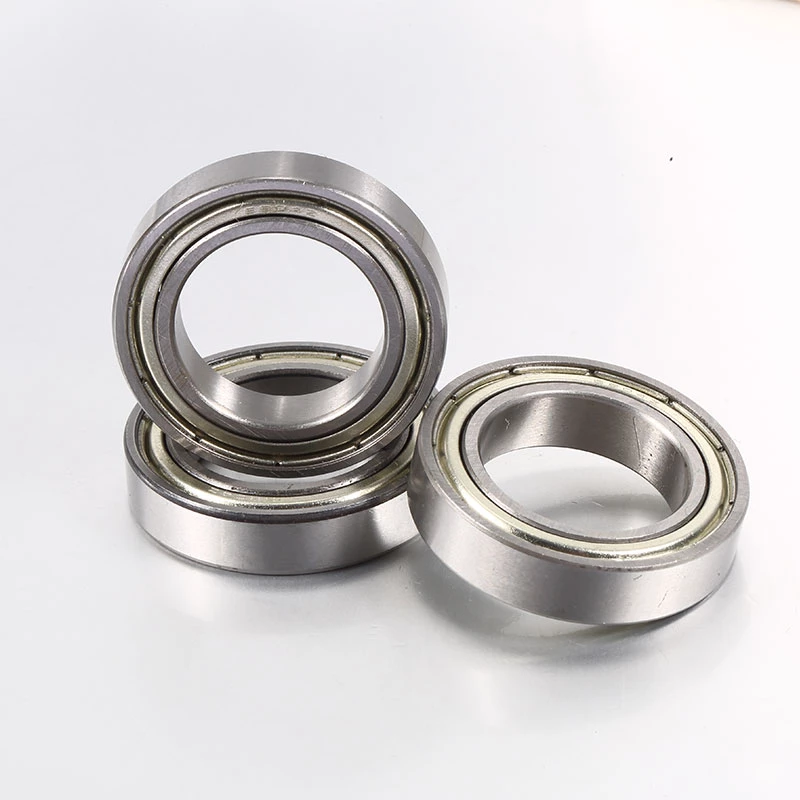
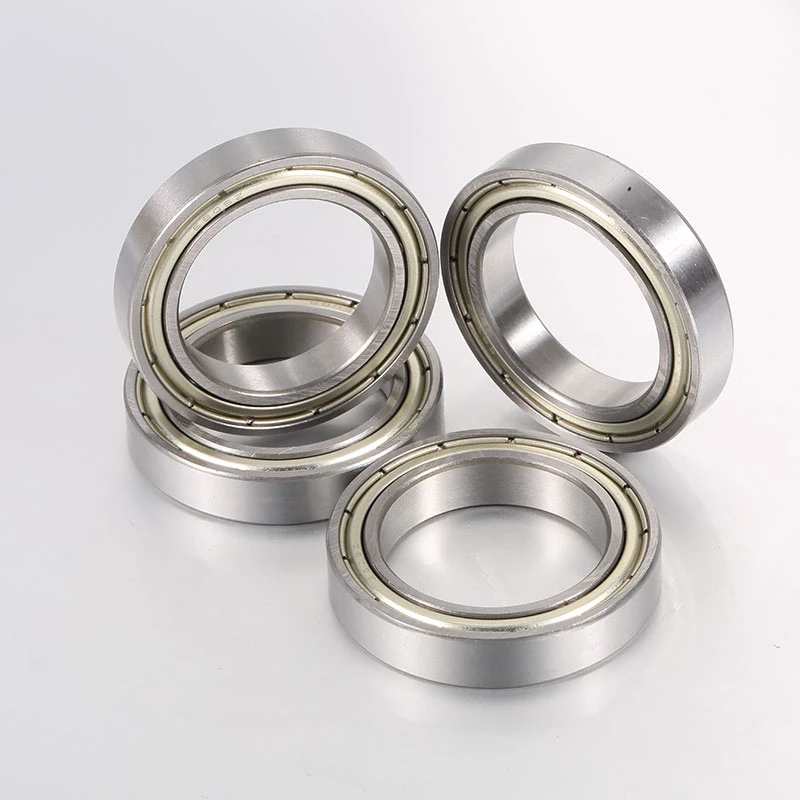
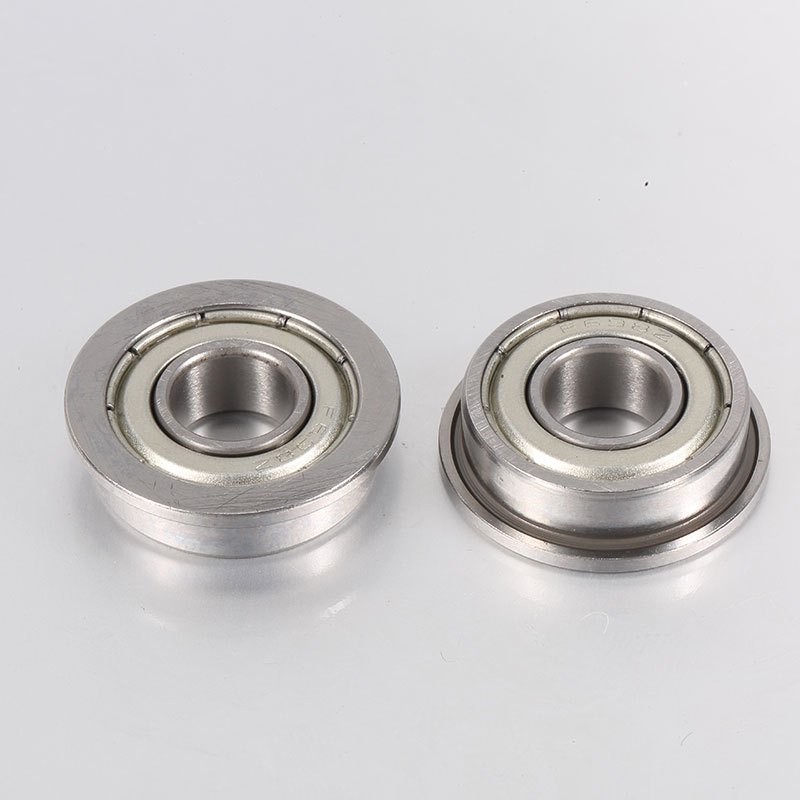
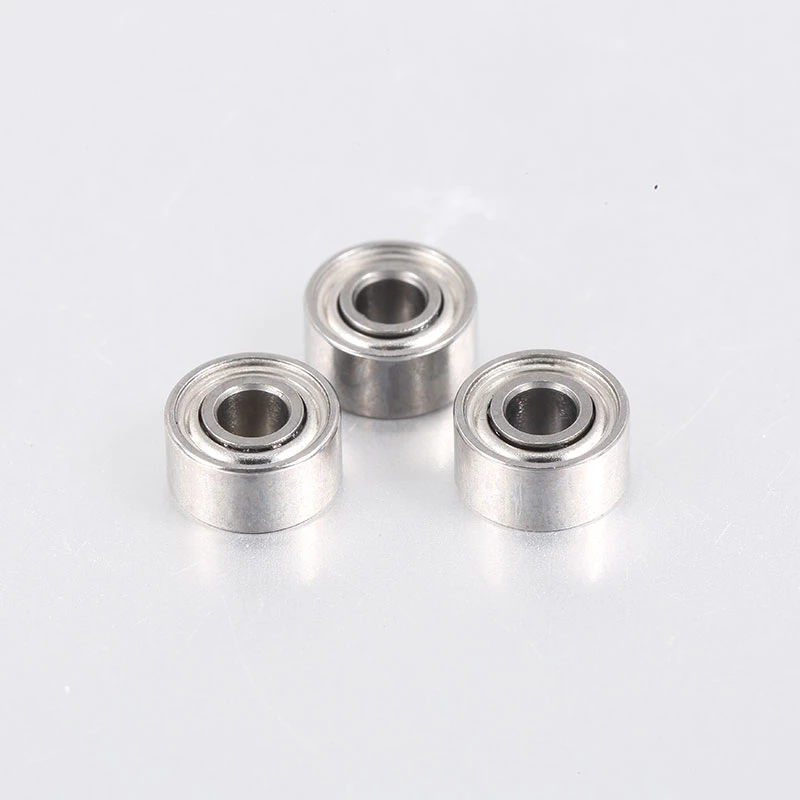
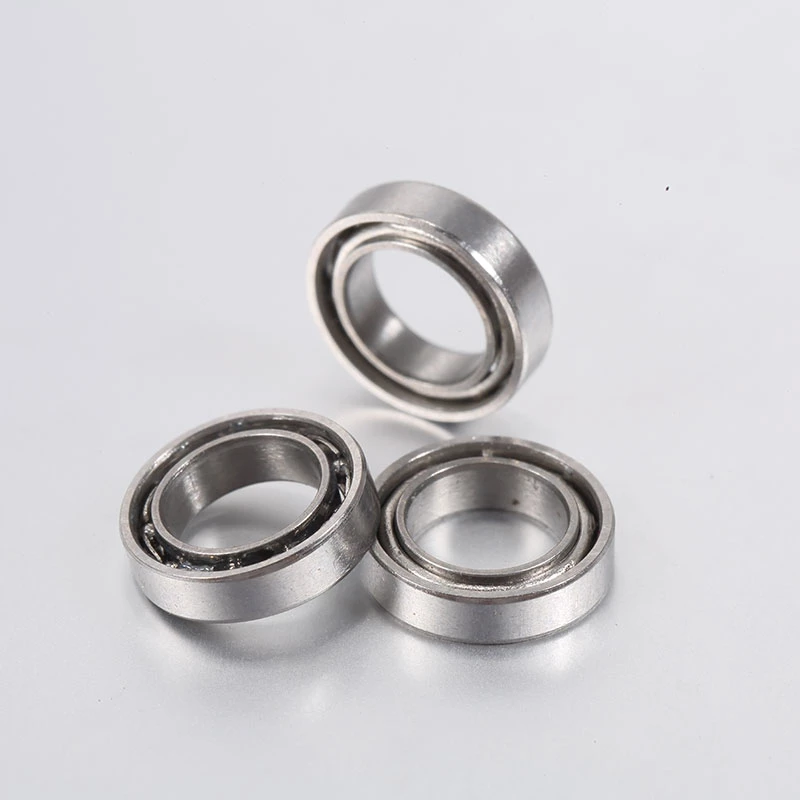
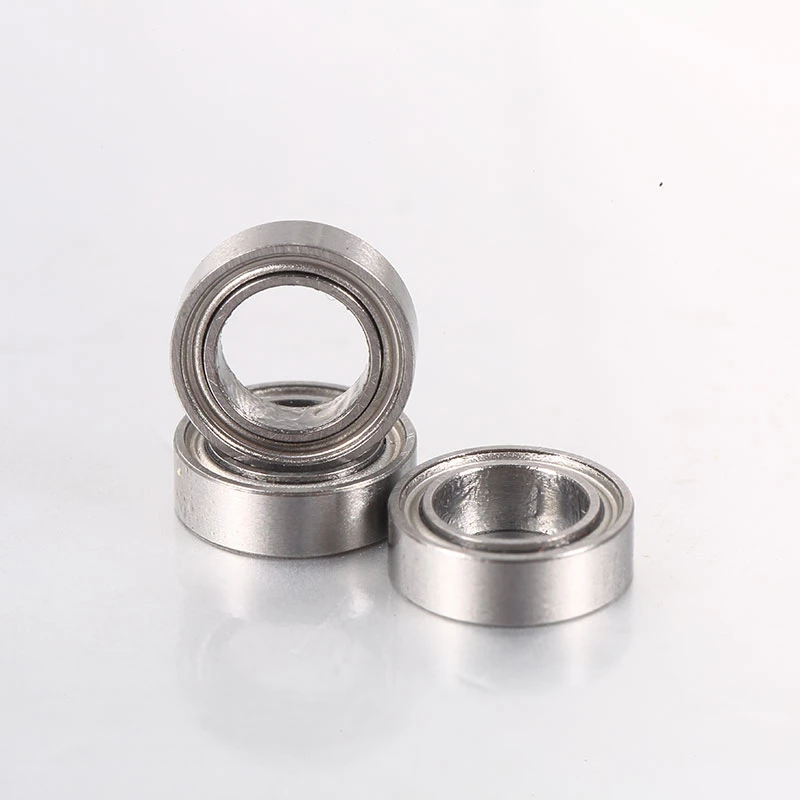
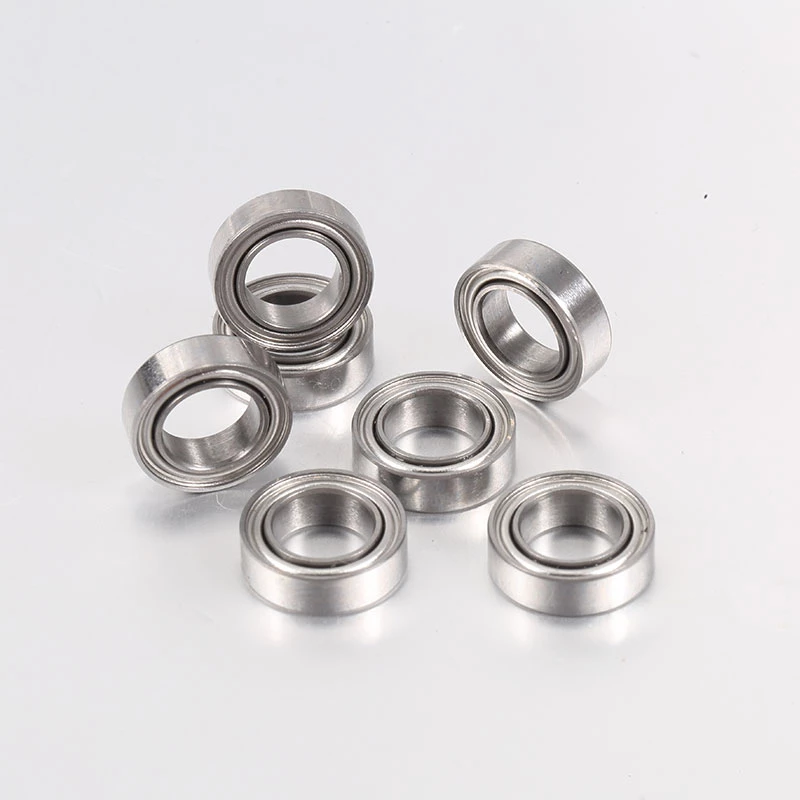



 Tel
Tel
 Email
Email
 Address
Address











 Let’s Talk
Let’s Talk

